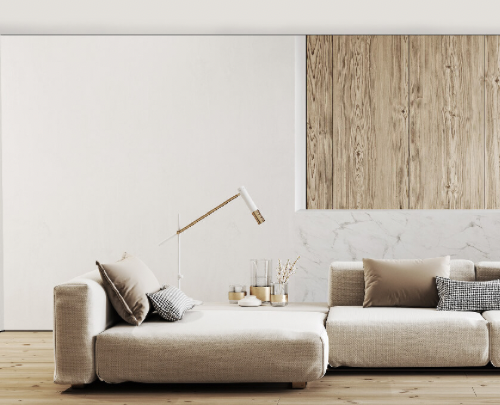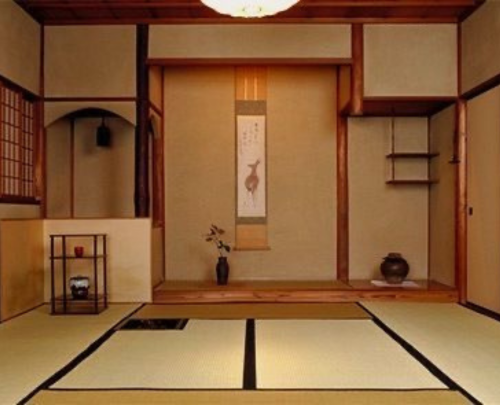In the world of architecture and design, an often-overlooked force holds a remarkable sway – the art of negative space. Also known as white space, this design principle involves purposefully leaving areas empty within a composition. Far from mere emptiness, negative space is a powerful tool that architects and designers deftly wield to create balance, harmony, and visual allure.

Just as silence accentuates sound in music, negative space amplifies the presence of elements in design. This strategic emptiness allows the eye to navigate with ease, preventing overwhelming clutter. Architects capitalize on this technique, infusing buildings with life through well-placed voids.
Imagine the Guggenheim Museum in the heart of New York City, a masterpiece designed by the visionary Frank Lloyd Wright. Now, focus on its spiralling rotunda – an architectural marvel that goes beyond bricks and mortar. This is where the real wizardry happens. A central void, an empty space deliberately crafted amidst the swirl of design, injects the structure with a sense of life. It’s not just about supporting walls; it’s about creating an orchestra of dynamism and motion.

When it comes to interior design, professionals are well aware of a powerful principle that has the ability to transform a space from ordinary to extraordinary. This principle revolves around the concept of negative space – the art of purposefully leaving areas unoccupied to enhance the overall ambience of a room. Just like skilled artists use the white spaces in a painting to accentuate the subject, interior designers strategically wield negative space to craft inviting and harmonious living spaces.
Imagine walking into a room where every corner is filled to the brim with furniture, decorations, and trinkets. While it might seem like a treasure trove of design elements, the overwhelming feeling it can create might not be what you’re aiming for. Interior designers have mastered the art of utilizing negative space to foster a sense of tranquillity and visual balance.

The saying “less is more” holds true when it comes to negative space. Consider adorning a solitary wall with a captivating piece of art, leaving ample empty space around it. This not only draws attention to the artwork but also allows the viewer’s gaze to appreciate the surrounding emptiness, resulting in an impactful visual experience.

Open shelving units have gained popularity, and for good reason. Designers capitalize on this trend by thoughtfully leaving some shelves sparsely populated. This prevents the shelving from feeling cluttered, maintaining an open and inviting atmosphere.
Negative space can also serve a functional purpose. Take a bedroom, for example. By intentionally leaving space around the bed, you not only create a focal point but also ensure easy movement and a sense of tranquillity conducive to restful sleep.
Consider a minimalist Japanese tea room where simplicity reigns. The carefully uncluttered environment encourages mindfulness and tranquillity, allowing individuals to fully immerse themselves in the tea ceremony. By incorporating deliberate pauses in the form of empty surfaces and unadorned spaces, the design orchestrates an atmosphere that embraces the essence of the ritual. This nuanced use of negative space elevates the design from mere aesthetics to a conduit for a profound cultural experience, where every element is intentionally composed to invoke a specific mood and appreciation for the interplay between the occupied and unoccupied.

With a keen eye for detail, interior designers curate the arrangement of furnishings, decor, and architectural nuances, culminating in spaces that expertly steer attention and evoke feelings of relaxation. The delicate equilibrium between elements that contribute positively and the intentional incorporation of empty spaces play a pivotal role in dictating the overall aesthetic harmony and impact of the area.
Much like a painter harnesses the potential of a blank canvas, interior designers harness the power of negative space to artfully sculpt rooms that go beyond mere visual gratification, extending their influence to nurture a sense of tranquillity within individuals. This interplay of design elements transforms living spaces into havens, where functionality and emotion harmoniously converge.


